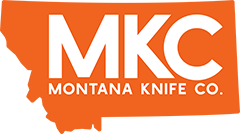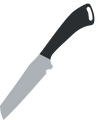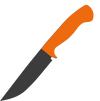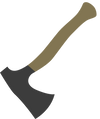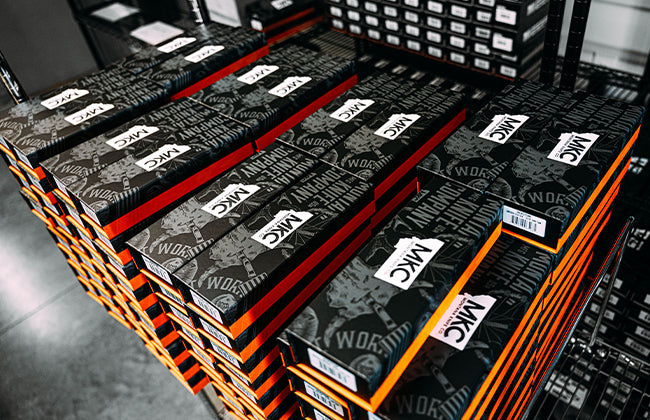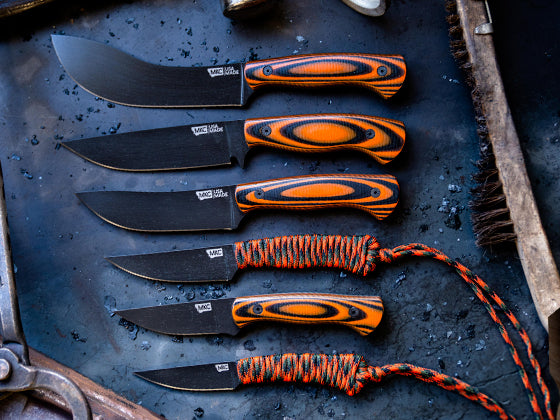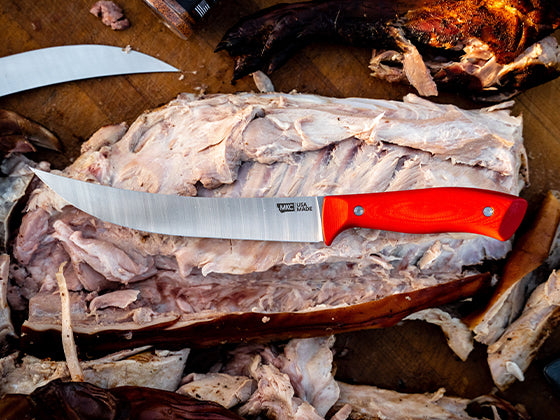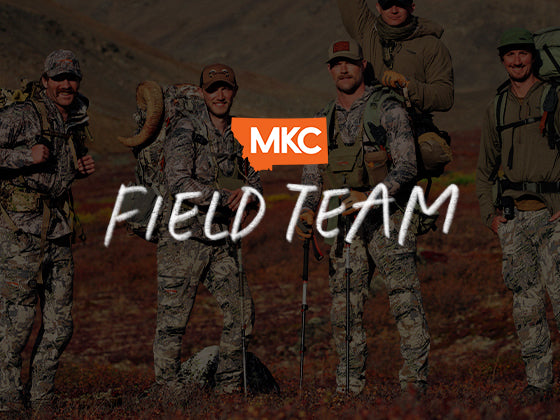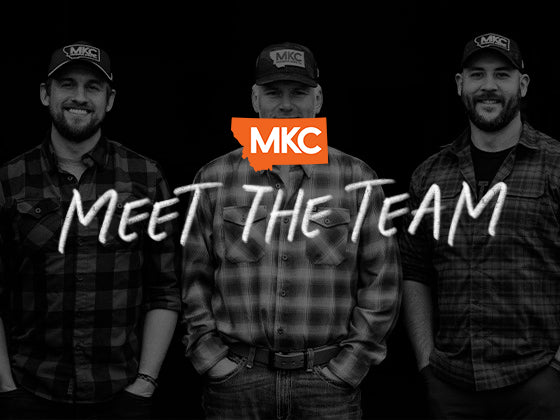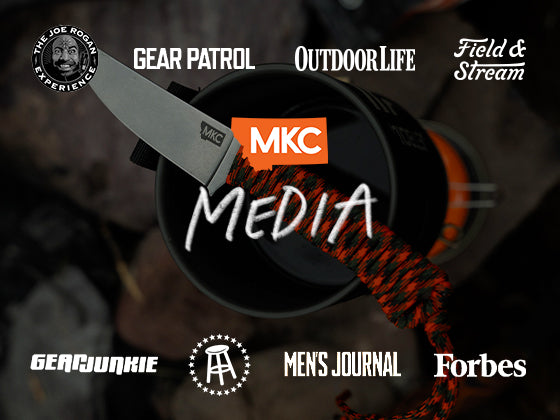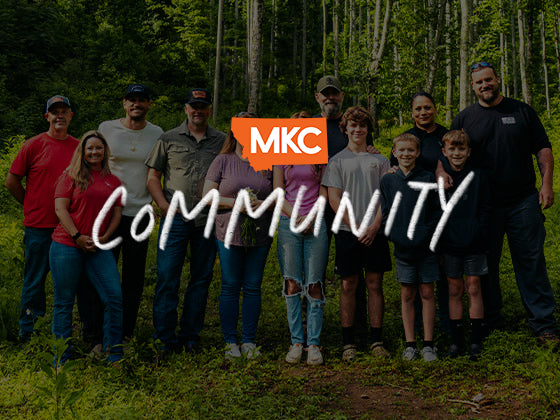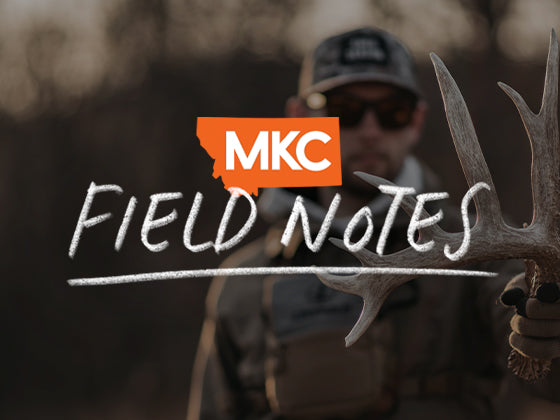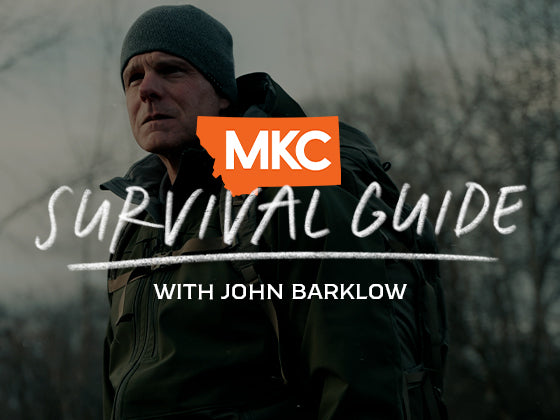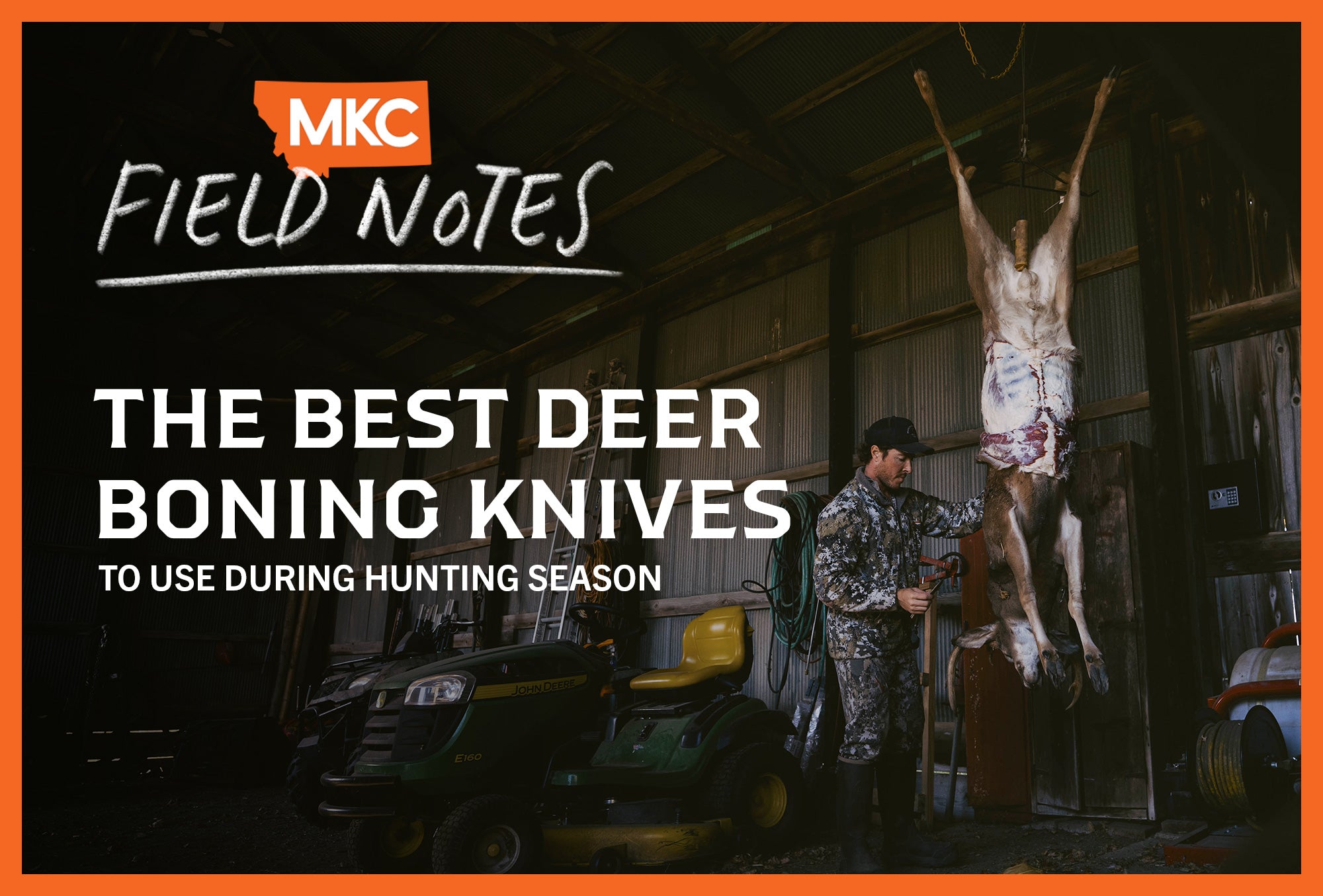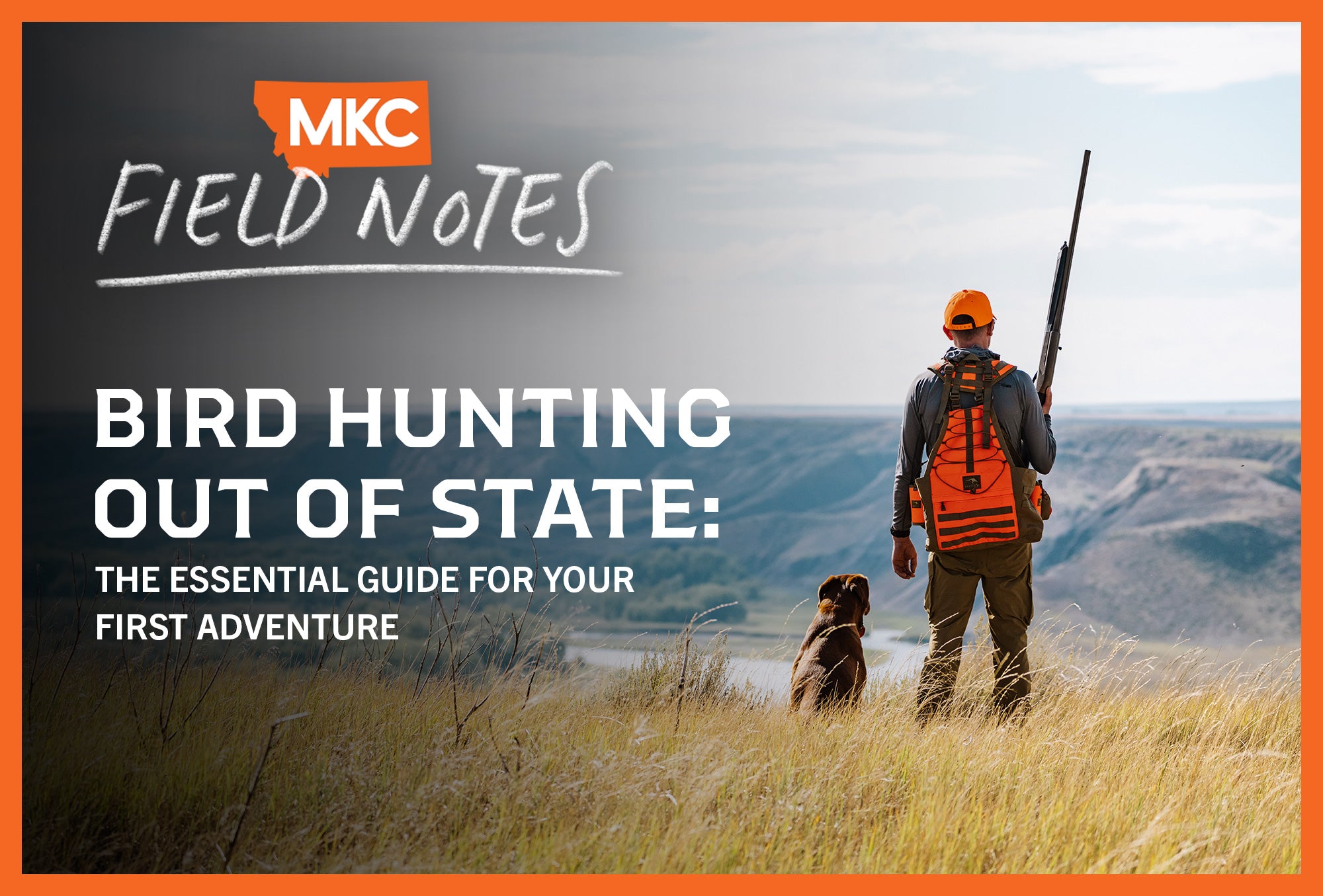Every hunter has been there — passing through bird country, deer country, or elk country on the way back to camp, stopping to look at a piece of land and wondering, “Is that public or private?” or “Who owns that property?” or “I wish I knew that farmer’s name so I could ask permission to hunt there.”
That’s where the onX hunting app comes in. After years in the field as an upland hunter, I’ve come to rely on onX to maximize my hunting success. The right technology, used properly, can dramatically improve your hunting experience, whether you’re after birds, deer, or anything in between.
Why onX Hunting Is So Valuable
The most obvious advantage of onX hunting is identifying what’s public and what’s private. This single feature has changed how outdoorsmen harvest game.
If you’re looking at private land, the elite version of onX will show you the property owner’s name. From there, everything is just a Google search away. You can find local phone listings or contact information online.
When you click on a parcel, onX provides detailed information including:
- Owner and secondary owner names
- Tax address
- County information
- Acreage and perimeter measurements
- Latitude and longitude coordinates
This makes it easy to share locations with hunting buddies or identify exactly where you are in the field.
A Real Cautionary Tale
IMPORTANT DISCLAIMER: onX is not 100% accurate all the time. Always check with your local fish and game department, consult public hunting maps, and verify rules and regulations when hunting private and public land.
I learned the importance of that disclaimer the hard way in Kansas two seasons ago. onX showed a piece of land as public, but it turned out to be private. We were hunting quail and accidentally interrupted a deer hunter who was rightfully upset. He told us we were the fifth group that had mistakenly walked through his property in recent weeks.
After showing the sheriff that onX indicated the area was public land, we were let off without a trespassing ticket since the property wasn’t properly marked as private. But land status changes. What may have been public access land in one hunting season might not be the next if a landowner doesn’t renew hunting access agreements.

Essential onX Hunting Features Every Hunter Should Know
Area Shape Map
Say you’re turkey hunting a 100-acre parcel with a big cut cornfield next to a treeline. You only want to work one corner where you know the birds roost. The Area Shape Map lets you draw a shape and instantly tells you how many acres that specific area is.
Line Distance Tool
If you’re in a tree stand and want to know where to place your feeder, simply use two fingers on the screen to draw a line. onX will tell you the exact distance.
What’s even better is using this feature to pre-mark distances to landmarks. That yucca is at 120 yards, the oak tree at 250 yards. No need to grab your binoculars or rangefinder when a deer steps out — you’ll already know the shot distance.
For upland hunters, this onX hunting tool is invaluable for planning routes. In hot, early-season hunting, I use it to identify watering holes where I can refresh my dogs during a long day afield. Those same water sources are often magnets for game birds, too.
Wind Calendar
Every hunter knows the importance of playing the wind. The onX wind calendar shows temperature, wind speed, and direction for any location you’re viewing. Instead of guessing which way to approach a field, you can plan your entry based on real-time wind data.
This means you can park on the north end of a field when the wind is from the south, giving you the perfect approach without alerting game to your presence.
Strategic Waypoints
Possibly the most powerful feature is the ability to drop detailed waypoints. onX offers custom options for every hunting scenario — from marking coveys of quail to scrapes, food plots, blinds, and more.
I drop pins on every pointed covey I find during a hunt. At night in camp, I analyze these locations, looking for patterns in elevation, terrain features, and positioning. If I discover that every covey was found between 4,000–4,500 feet in elevation on south-facing slopes, guess where I’m hunting the next day?
How to E-Scout New Areas Using onX
When planning a hunt in unfamiliar territory using onX’s hunting features, focus on these elements:
1. Resources Game Need to Survive
Look for food, water, and cover — the three essentials for any wildlife. Use onX to locate:
Water Sources: Creeks, streams, and watering holes sustain wildlife and serve as natural gathering points.
Food Sources: onX shows what agriculture was planted in adjacent fields during the previous year. If I spot a natural CRP grass field next to a cut wheat field, I’ll definitely hunt that combination. Birds roost in the grass but feed in the wheat.
Cover: Game needs places to hide and shelter. Look for areas with good vegetation that provide protection from predators and weather.
2. Elevation and Terrain Features
Elevation patterns can be critical, especially for birds like chukar. These birds often sleep at higher elevations, move down to valleys for water and food during the day, then work their way back up.
By studying these patterns on onX, you can intercept them during their daily movements.
Advanced onX Hunting Tips
Color-Code Your Waypoints by Year
This is one of my most valuable strategies. I change the color of my pins each year, creating a historical record of productive areas. When I see multiple colored pins from different years in the same field, that tells me it’s consistently productive hunting ground — a true honey hole.
These are the spots I save for special occasions, like when good friends visit or when I need a guaranteed productive hunt after a tough stretch. Fields with consistent production across multiple seasons are worth protecting and hunting sparingly.
Download Maps for Offline Use
Most hunting areas have limited or no cell service. Before your trip, download the maps for offline use. When you have service at your hotel or home before you leave, download what you’ll need.
Remember that the larger the area you download, the less detail you’ll get. For maximum detail, download smaller areas where you plan to concentrate your hunting.
Making the Most of onX Hunting
onX hunting apps are just tools. How effectively you use them depends on your willingness to learn, adapt, and analyze. The most successful hunters don’t just mark spots; they study patterns, correlate successful hunts with specific conditions, and use that data to make better decisions in the field.
By mastering these onX hunting features and techniques, you’ll spend less time wandering aimlessly and more time connecting with the game you’re after. And that’s what successful hunting is all about.

by Anthony Ferro, Experienced Hunter and Founder of Fetching Feathers
